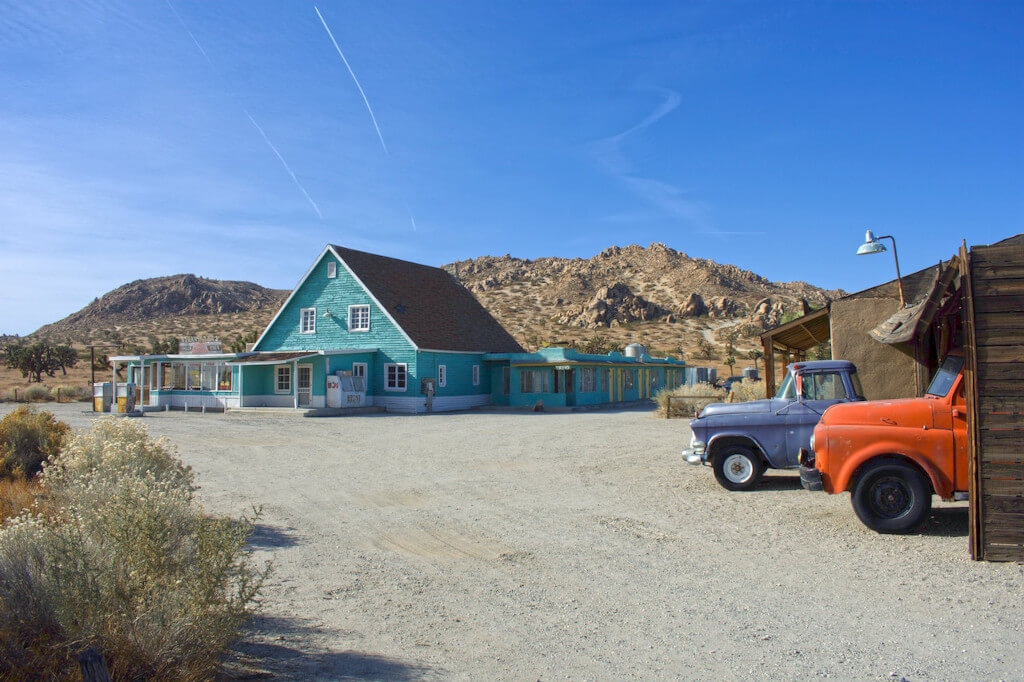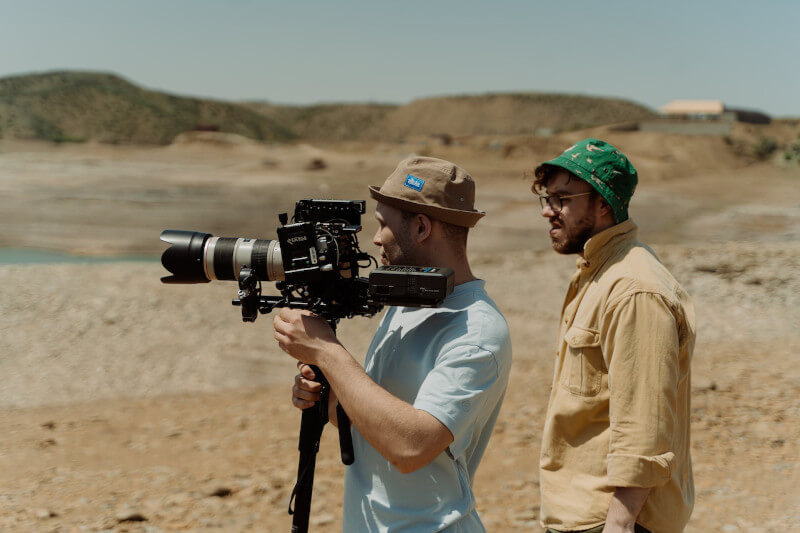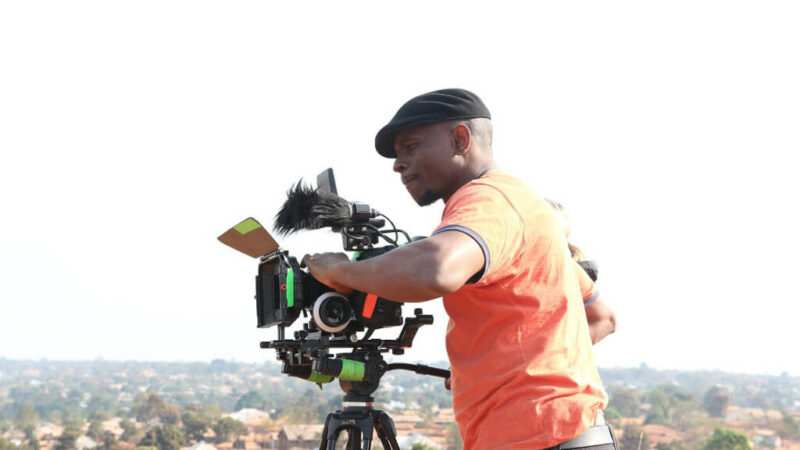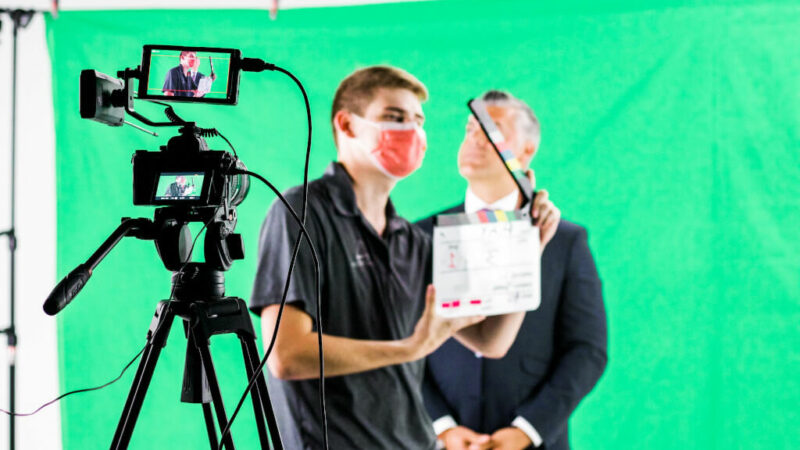The Basics of Location Hunting

Film production location scouting is a profession that is often overlooked despite its startling level of complexity. It is not merely a question of production logistics to ensure that places are scouted successfully. It has the power to either strengthen or weaken the overall realism of a commercial, movie, or television series. Let’s get started.
What Exactly is a Location Scout, Though?
Finding genuine locations that can be used to create a fictional setting is the art of location scouting, which is used in the film and television industries. It is an essential step in the pre-production process that the director’s aesthetic priorities and the production’s logistical realities need to be brought together.
To this end, scouting locations signifies not only undertaking set scouts for places that will show up on-screen but also locating film locations that can handle everything a production requires off-screen. In other words, scouting locations involves finding both the places that will appear on-screen and the places that will not appear on-screen. It can be thought of as both a process and a career path.
Television and film site scouting are both potentially large undertakings that necessitate the involvement of committed personnel, depending on the production. The locations department of film production is led by experienced site scouts that work in the film industry. They are highly skilled in locating, debugging, and managing filming venues all around the world.
The Scouting Checklist Includes What Exactly?
The crucial questions that you need to ask on your next location search are organized into fundamental categories thanks to the location scouting checklist. In the following paragraphs, we will explain the reasoning behind each area, making it simple for you to adapt or extend our checklist to better suit the requirements of your upcoming production.
Aesthetics
The aesthetic qualities of a location come in at number one on our list of criteria to evaluate. In the questions contained within this category, you will be asked whether or not a location satisfies the standards set out by the tale of your project as well as the vision of your director.
Questions about aesthetics span a variety of different topics, ranging from the abstract to the concrete. On the one hand, your crew needs to think about things like the “tone” of your setting and how well it fits in with the mood that you want the movie to have. On the other hand, your team needs to also think about more mundane concerns, such as sightlines and VFX requirements, to be successful.
Logistics
The material considerations that go into making a movie are the primary emphasis of the logistics section of our checklist. Working through this category provides a wonderful chance to both plans and troubleshoot your output as you go.
Do you have a specific area for each individual to use? What will load-in look like? Will there be a need for extensive travel or will the company have to relocate? The purpose of this exercise is to develop a comprehension of how your work enters, moves around within and exits a certain location. The effects that a location has on logistics are quite important. They will have an effect, for better or for worse, on the production timeline you have.
Infrastructure
Our location scouting checklist has a category for infrastructure, and that category overlaps with the logistics category. Questions about the infrastructure are aimed to elicit information on the physical characteristics of the area itself. What advantages does the place have? What services are not available at this location? The potential points of interest may include everything from power restrictions to parking spots to lunch areas and even beyond.

It is important to keep in mind that the infrastructure of a location could have a significant effect on the cost of your project. If a certain area does not include access to bathrooms, for instance, you will be required to rent porta-potties or a honey cart for the duration of your stay there. In a similar vein, if your power supply is insufficient, you could have no choice but to rent an additional generator. You might be required to rent a separate venue if there is insufficient room for parking or lunch breaks for the team. Depending on how much leeway you have in your budget, unanticipated costs can quickly mount up.
Possible Obstacles to Overcome
The category known as “possible issues” is a catch-all for any obstacles that a certain area could provide. Is there an airport in the area that is extremely loud? Will there be an increased risk for your production due to the location? Could the location put you in harm’s way in terms of the weather or other vulnerabilities? You may think of this as the “cons” area, but you shouldn’t be too negative about it. Keep in mind that innovative approaches to possible problems can often be used to successfully solve them.
Potential Advantages
The possible advantages category is a catch-all for the various “pros” that are specific to an area, and it is the last one on the list. You can locate potential chances for your manufacturing by using this category. Would it be possible to use the location for two or perhaps three sets? Does the location provide any particularly noteworthy facilities? Is the owner of the property known to be particularly accommodating to moviemakers? The potential benefits of a site are, perhaps more than those of any other category, contingent on the specific aspects of both your production and the location itself. Let’s get down to business now that we’ve discussed the different kinds of questions you’ll need to ask on your next reconnaissance.
How Do Production Companies Go About Scouting Locations?
When scouting locations for movies and television shows, production companies have to look at each location from a variety of perspectives. A typical location search for a film must strike a fine balance between making compromises and taking calculated risks. In other words, finding locations for use in movies or on television is a really difficult undertaking. It should come as no surprise that your first time scouting locations for a movie can be intimidating.
The process of scouting locations for movies is broken down into four key parts in our film scouting guide. These steps are designed to assist your production gets off to a good start and scout sites as quickly and effectively as possible. Along the way, we will provide a few pointers that can be of use, and then we will proceed to break down our site scouting checklist. You will have developed a detailed location scouting template by the time you reach the conclusion of this post and can use it for your upcoming shoot.
Have a Clear Idea of What You Want to Find
When scouting locations for a television show or movie, the first thing that must be done is to decide what it is that you want each area to provide. You can jot down some notes about the place scouting in a hurry. The screenplay and an early script breakdown are going to be the first sources of information that may be used to develop this brief. After that, the director and the production designer will provide their notes or references, which will help to complete the creative process. You need to make a note of the director’s preferred ambiance or tone, for instance, if there is a specific one that the director likes.
It is essential, however, that the production team participate in the early stages of location reconnaissance and provide comments. It is important to keep in mind that the limitations of a project’s budget and shooting timeline will have a significant impact on the kinds of settings that are doable.
For example, if you have a maximum spending amount or precise space needs, you need to make it very apparent right off the get. No location scout for a television show or movie should move on without at least having a general understanding of the production’s challenges and restrictions. As soon as you have a clear concept of what you’re searching for, it’s time to begin the process of identifying filming sites that are a good fit for the project.
Conduct Investigations on Possible Sites
Working with a professional film location scout or a company that specializes in film location scouting makes it reasonably easy to find areas that need to be scouted. The production will communicate their location scouting brief to the other parties involved and attempt to have a few dialogues. After that, the location scout for the film or television production will conduct the legwork necessary to discover possible settings for the production.

Building a network and a database specifically to facilitate this task is a component of the training required to become a location scout. Any reputable film location scouting company will have a database of tried-and-true locations along with the assets associated with those sites. A professional film location scout will, within a short period, offer a breakdown of probable shooting locations to the production company.
If you’re looking for settings for an independent movie, the task of figuring out how to locate potential filming spots will be somewhat more difficult. The production crew will be responsible for doing the groundwork that is generally handled by a professional site scout for television or film productions. In addition to this, they will be required to do so without the benefit of an established foundation of resources for location reconnaissance.
Consider All of Your Choices
The final stage of location scouting is analyzing your choices in depth before you start applying for licenses or making payments to property owners. When you scout areas, you have to collect an enormous amount of information. At this review stage, you and your team will have the opportunity to sort through the material together.
The objective is to arrange your choices in descending order of importance.
- Which of these locations did everyone on your team enjoy the most?
- Which of these did they dislike the most?
- Which of these options is more effective for the logistics of production?
- Which ones are the most cost-effective?
In the end, you want to determine a combination of places that best fits the aesthetic requirements of your project without blowing either its budget or its timetable.
Tip: Be aware of your immediate environment.
Take a time to think about what lies beyond the boundaries of each potential location when you are out scouting locations for movies and television shows. You’ll find that the action that takes place in the area surrounding a location may frequently have just as much of an impact on your shot as the destination itself.
It is possible for the sound of planes landing at an airport close by to disrupt a sequence of peaceful dialogue scenes that are taking place in a restaurant. You can easily avert that catastrophe by driving around the block or consulting a map online. Both of these options are simple.
During this stage of location scouting, there is, however, also a more covert and secondary purpose that is being worked toward. While going over scouting data, you should also be attempting to bring everyone on your team to the same understanding. Everyone present at this review meeting should be functioning from a point of common knowledge and mutual understanding by the time it is through.
Wrapping Up
Finding new places to explore combines elements of both art and science. If you use our location scouting checklist in conjunction with your creative thinking, you will be able to make your next scout more effective than it has ever been. If all of this seems too overwhelming, there are local production companies that are experienced in optioning sites that meet your specifications, are within your price range, and check all of the boxes that have been outlined above. Click here for more information.


